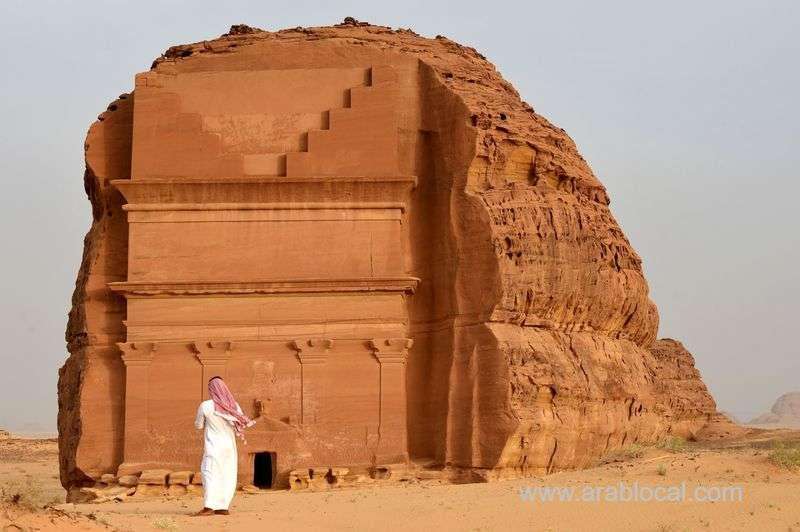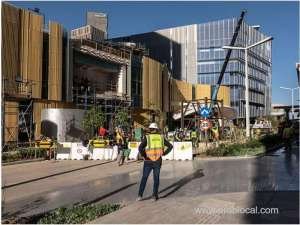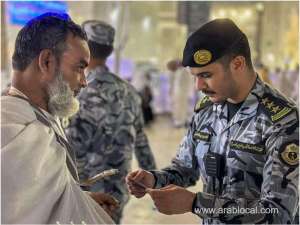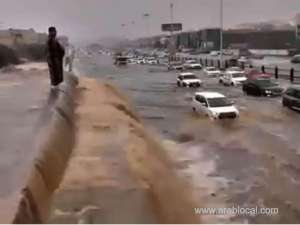Drive tourism is the important part of Saudi Arabia's Vision 2030 project, which will help in reducing the country's dependence on oil, diversify the economy and promote the country's national identity. Saudi Arabia already attracts more than two million visitors for the annual Hajj pilgrimage, according to government statistic.
The chairman of the Saudi Commission for Tourism and National Heritage Ahmad Al-Khateeb, called the move a "historic moment for our country. "He mentioned "Generous hospitality is at the heart of Arabian culture and we look forward to showing our guests a very warm welcome," .We have made list of five tourist spot to be visit:
1. The ruins of Al Ula
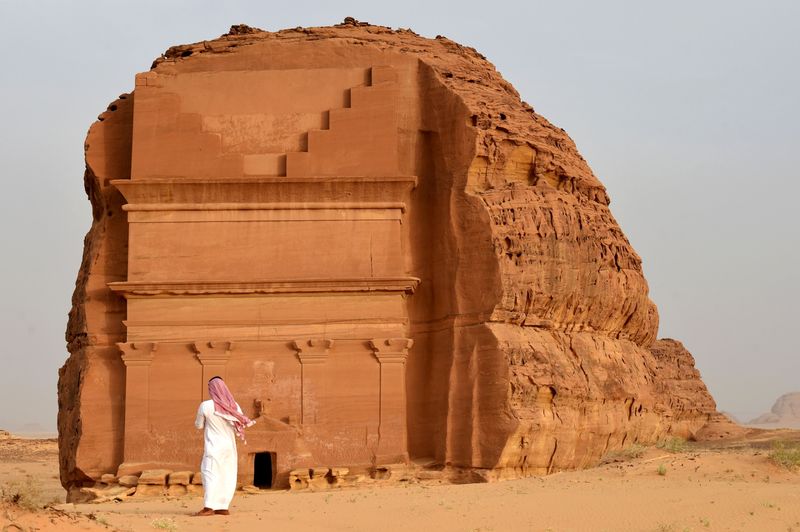
Al Ula is the famous destination in Saudi Arabia for a reason. It is the stunning area in the kingdoms northwest. Scattered with golden rock formations, lush citrus farms and with the remains of several ancient kingdoms. It is the most famous ruins, Mada’in Saleh, contain clusters of 2,000-year-old Nabatean tombs.The Ruins of Al Ula is recently opened for international tourists.They are hosting concerts winter at Tantora Festival with Hot air ballons like cappadicia.
2) Saudi Arabia’s ‘Maldives’
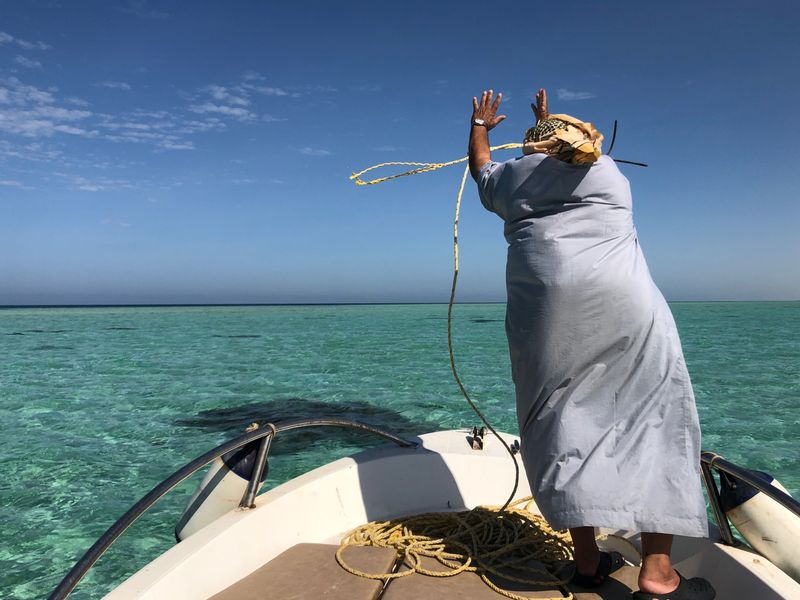
The ancient islands dotted in the Red Sea near the towns of Umluj and Al Wajh are also partially off-limits as the government plans a tourism development called the Red Sea Project. But the shallow turquoise water and coral reefs around the islands .It’s well worth hiring one of the local boatmen to explore what they call their version of the Maldives. In the winter, dolphins can be spotted.Infrastructure in the area is simple.Book a tour if you’re on the less adventurous side, and bring diving or snorkeling gear with you. For women traveling alone, it’s worth noting that the kingdom’s efforts to loosen social restrictions -- like allowing women to drive and travel abroad without the permission of a male guardian . Female tourists are expected to dress modestly, but it’s not allowed for female visitors to wear bikinis once they’re out on the water.
3) The mountainous south
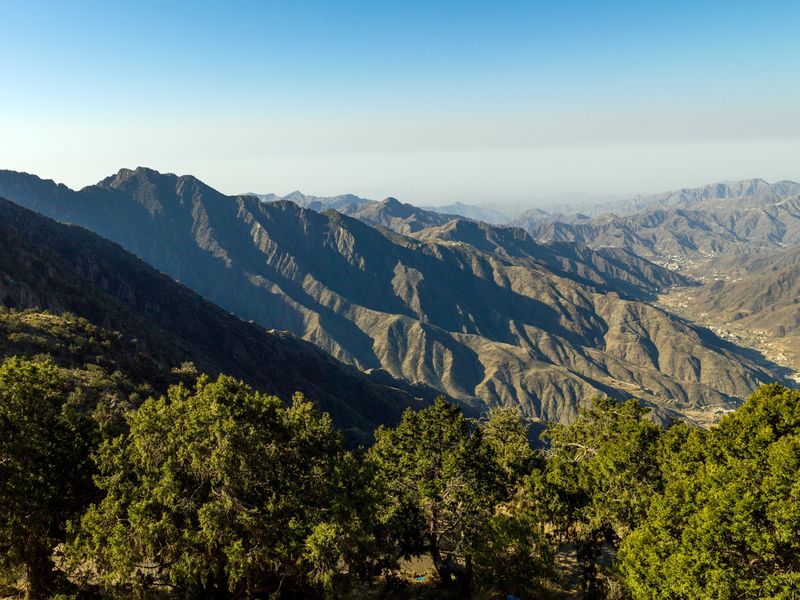
Saudi Arabia’s southern region of Asir is a world away from the dusty capital of Riyadh. Summer rainstorms bring greenery to dramatic mountain viewpoints and local men wear fragrant crowns of flowers in their hair. Popular activities include hiking and touring the historic village of Rijal Alma. Visitors should check the security situation before going. The main city of the region, Abha, is about 115 kilometers (71 miles) from the Yemeni border, where a Saudi-led coalition is waging war against Yemen’s Houthi rebels. Saudis and foreign residents have been killed and wounded during Houthi drone attacks on Abha’s airport. However a recent festival in the region drew crowds of domestic and foreign tourists, largely without incident.
4. Edge of the world
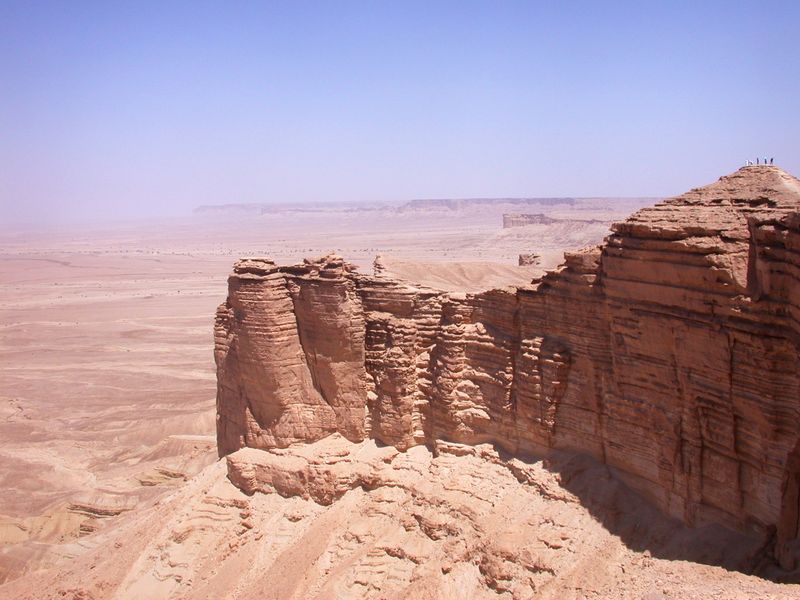
Many travellers speed through Riyadh, a beige urban sprawl that’s choked with congestion. But the capital has plenty of cultural sites to explore, from the bustling traditional markets of Taiba and Souq Al Zal to the recently renovated historic area of Diriyah, ancestral home of the ruling Al Saud family.
Beyond that, Riyadh is worth a stop just to see “Edge of the World,” the towering plateau two hours from the city that’s a favourite weekend hiking spot for residents. The views stretch endlessly in every direction and the silence is awe-inspiring.
5. Land of the future
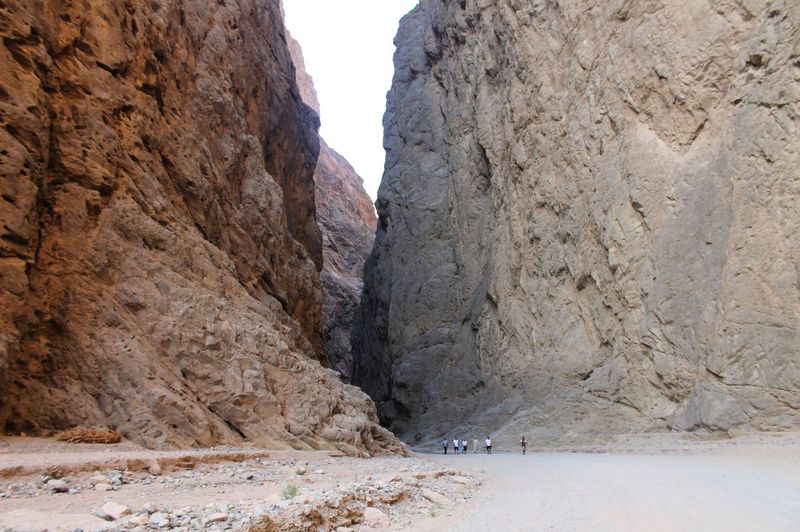
Crown Prince Mohammed bin Salman wants to turn the north-western corner of his kingdom into a $500 billion futuristic mega-project called “Neom.” Analysts and investors are skeptical about its viability, but the area part of the region of Tabuk -- is full of natural wonders beloved by domestic tourists, and officials are hatching plans to cater to adventure-lovers.
Among the sites worth visiting is Wadi Tayib Ism, a narrow valley between two cliffs where local residents believe Moses landed when he crossed over the sea from Egypt. The area also boasts excellent Red Sea diving. The towns are rudimentary and hotel and restaurant options are limited, though residents are welcoming to visitors
